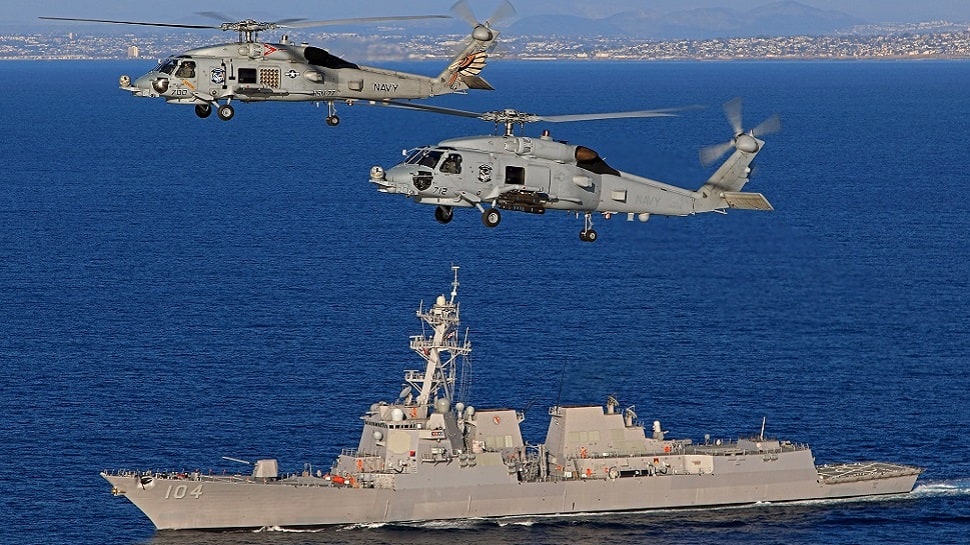- Views: 4K
- Replies: 44

The Indian Navy is looking to bolster its anti-submarine warfare (ASW) capabilities further with the potential acquisition of 12 additional Sikorsky MH-60R Seahawk helicopters.
Sources familiar with the matter indicate that the deal, expected to be finalized in 2026, would likely be carried out through the U.S. Foreign Military Sales (FMS) program. This move requires approval from the Indian Ministry of Defence (MoD).
This expansion plan follows the Indian Navy's recent induction of its first squadron of MH-60R Seahawks, a step seen as a notable enhancement of the force's ASW capabilities.
The MH-60R is a versatile multi-mission helicopter equipped with advanced sensors and weaponry, including Hellfire missiles, MK-54 torpedoes, precision-guided rockets, powerful radars, and night-vision systems.
The initial contract, signed in February 2020 and valued at Rs 15,157 crore ($2.13 billion), covers the purchase of 24 MH-60R helicopters. Currently, six helicopters have joined the Indian Navy's fleet, with the remaining 18 deliveries scheduled through the end of 2025.
The proposed addition of 12 more Seahawks underscores the Indian Navy's confidence in the platform. These helicopters offer a robust blend of combat power, advanced detection systems, and mission adaptability, solidifying their value in diverse naval operations.
Key areas where the MH-60R excels include:
- Anti-submarine warfare (ASW): Tracking and neutralizing underwater threats
- Anti-surface warfare (ASuW): Engaging surface vessels
- Search and rescue (SAR): Locating and rescuing personnel in distress
- Maritime patrol: Surveillance and reconnaissance missions
- Special operations support: Transporting and assisting special forces units
